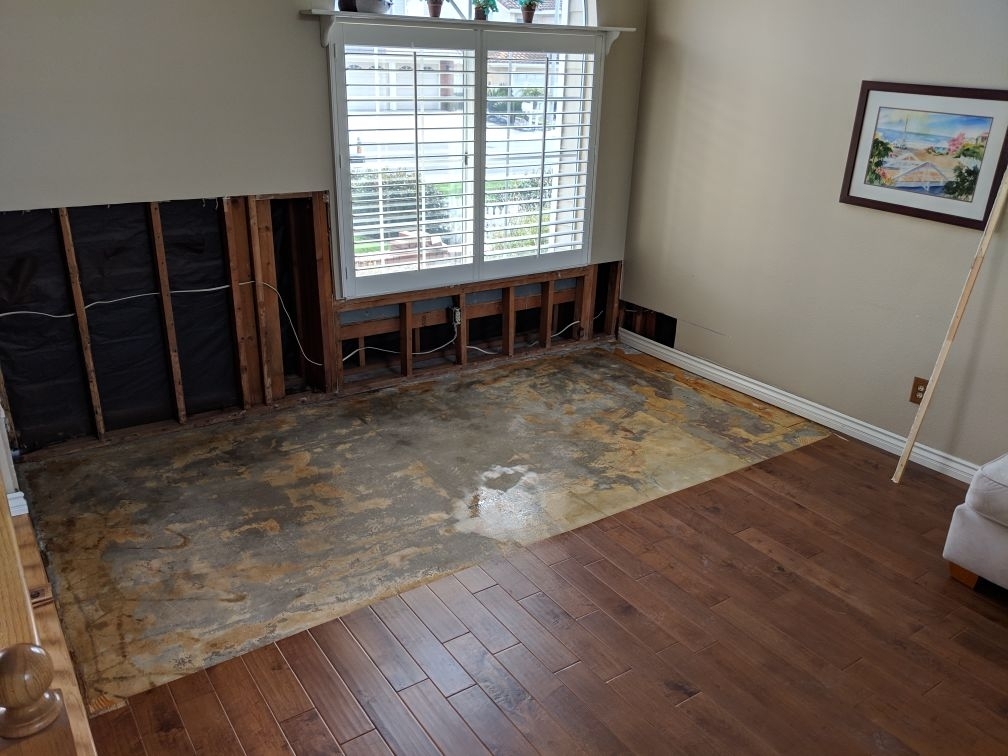Do you find yourself trying to locate tips on Ways to Reduce The Risk Of Fire And Water Damage?

Though water gives life, water invasion on parts where it's not expected to be can result in damage. It can peel off away surface areas and erode the foundation if the water saturates right into your framework. Mold as well as mold additionally flourish in a moist setting, which can be hazardous for your health and wellness. Homes with water damage smell moldy and also old.
Water can originate from many sources such as tropical storms, floodings, ruptured pipes, leaks, as well as sewer issues. In case you experience water damages, it would be great to know some safety precautions. Right here are a few guidelines on exactly how to deal with water damage.
Do Prioritize Residence Insurance Protection
Water damage from flooding as a result of heavy winds is seasonal. You can additionally experience an abrupt flood when a damaged pipe suddenly ruptures into your house. It would certainly be best to have house insurance coverage that covers both acts of God such as all-natural catastrophes, as well as emergency situations like busted plumbing.
Do Not Neglect to Shut Off Utilities
In case of a catastrophe, especially if you stay in a flood-prone area, it would certainly be suggested to switch off the major electric circuit. This cuts off power to your entire residence, protecting against electric shocks when water can be found in as it is a conductor. Don't neglect to turn off the major water line shutoff. When floodwaters are high, furnishings will certainly move and also cause damage. Having the main shutoff shut down protects against more damages.
Do Stay Proactive as well as Heed Weather Alerts
Storm floods can be extremely unpredictable. If there is a history of flooding in your community, remain ready and also positive. Listen to discharge cautions if you live near a lake, creek, or river . Secure belongings from the ground floor and also basement, after that placed them on the highest possible degree. Doing so lowers possible building damages.
Don't Neglect the Roof
You can stay clear of rainfall damage if there are no holes as well as leaks in your roofing system. This will certainly avoid water from streaming down your walls and saturating your ceiling.
Do Focus On Tiny Leakages
A burst pipe does not happen over night. You might discover gurgling paint, peeling wallpaper, water touches, water discolorations, or trickling audios behind the wall surfaces. Have your plumbing fixed before it results in substantial damage.
Don't Panic in Case of a Ruptured Pipe
Keeping your clearheadedness is important in a time of dilemma. Since it will certainly suppress you from acting quick, panicking will just compound the issue. When it pertains to water damage, timing is vital. The longer you wait, the even more damage you can anticipate. Thus, if a pipe bursts in your house, immediately shut off your major water valve to remove the resource. Disconnect all electric outlets in the location or turn off the circuit breaker for that part of the house. Ultimately, call a trusted water damage remediation specialist for help.
Water gives life, water intrusion on parts where it's not intended to be can result in damages. Homes with water damage smell old and moldy.
Water damages from flood charges to heavy winds is seasonal. You might observe bubbling paint, peeling off wallpaper, water streaks, water discolorations, or trickling audios behind the wall surfaces. When it comes to water damages, timing is key.
Some Do's & Don't When Dealing with a Water Damage
DO:
Make sure the water source has been eliminated. Contact a plumber if needed. Turn off circuit breakers supplying electricity to wet areas and unplug any electronics that are on wet carpet or surfaces Remove small furniture items Remove as much excess water as possible by mopping or blotting; Use WHITE towels to blot wet carpeting Wipe water from wooden furniture after removing anything on it Remove and prop up wet upholstery cushions for even drying (check for any bleeding) Pin up curtains or furniture skirts if needed Place aluminum foil, saucers or wood blocks between furniture legs and wet carpet Turn on air conditioning for maximum drying in winter and open windows in the summer Open any drawers and cabinets affected for complete drying but do not force them open Remove any valuable art objects or paintings to a safe, dry place Open any suitcases or luggage that may have been affected to dry, preferably in sunlight Hang any fur or leather goods to dry at room temperature Punch small holes in sagging ceilings to relieve trapped water (don't forget to place pans beneath!); however, if the ceiling is sagging extremely low, stay out of the room and we'll take care of it DO NOT:
Leave wet fabrics in place; dry them as soon as possible Leave books, magazines or any other colored items on wet carpets or floor Use your household vacuum to remove water Use TV's or other electronics/appliances while standing on wet carpets or floors; especially not on wet concrete floors Turn on ceiling fixtures if the ceiling is wet Turn your heat up, unless instructed otherwise

We had been shown that write-up about Preventing Fires and Water Damage In Your Home from someone on our other web blog. Those who liked our blog posting please be sure to share it. We appreciate reading our article about Reducing Your Risk Of Water And Fire Damage At Home.